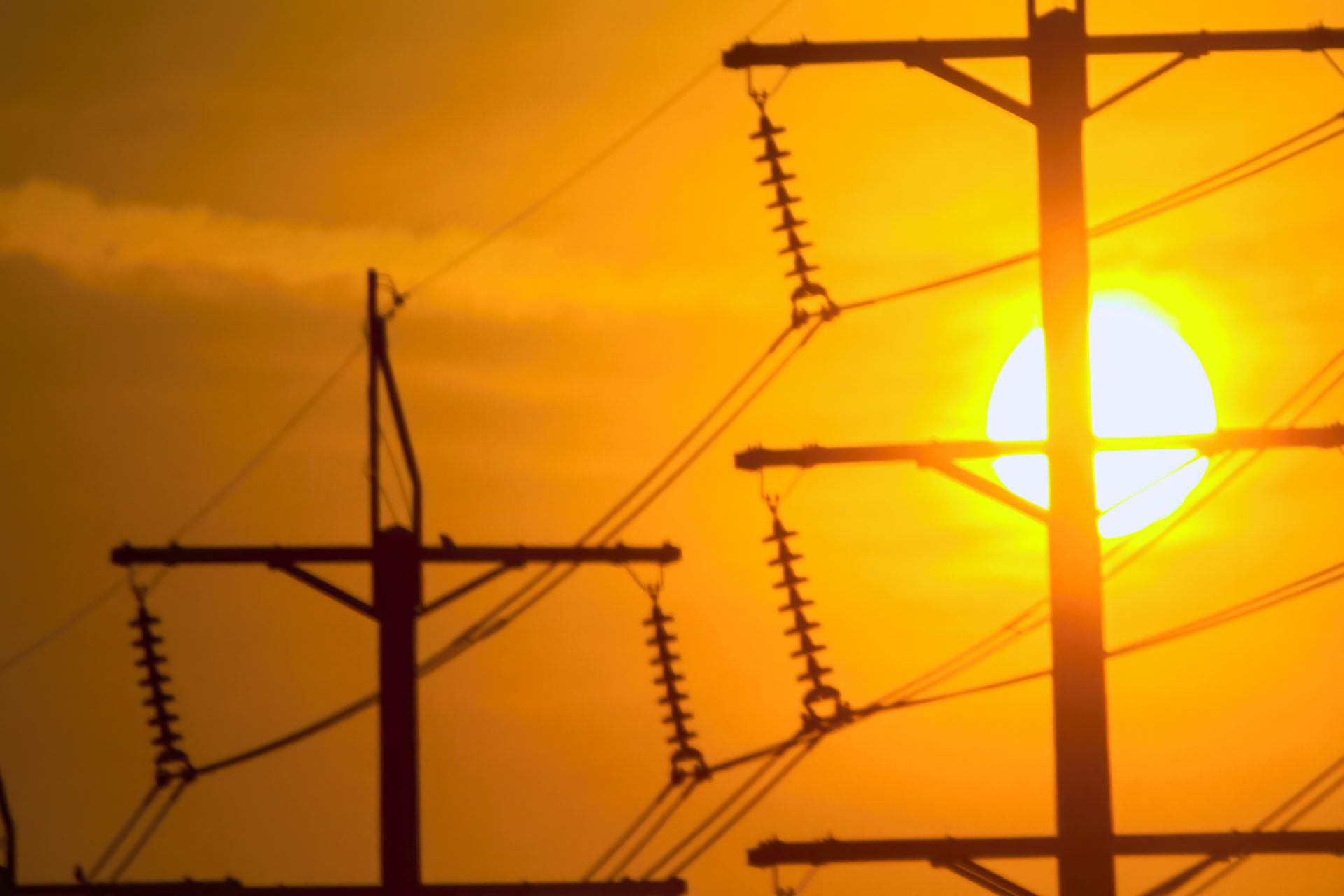Summer 2020 was the hottest summer on record for the North Hemisphere — and if the early numbers from this year’s summer are any indication, we’re currently on pace to break last year’s record.
While the rising global temperature has calamitous consequences for human life on our planet, in the short term, it creates long periods of extreme heat across the United States, with potentially deadly results; The Guardian reports that in Arizona alone, the number of annual heat-related deaths has doubled over the course of the decade, and that extreme heat has resulted in “at least 10,000 deaths between 1999 and 2016 — more than hurricanes, tornadoes or floods in most years.”
Deaths aren’t the only consequences: Long periods of extreme can affect our ability to get a good night’s sleep, potentially leading to poor performance in school or at work. It can affect our mood, making us crankier, more lethargic, or more aggressive. Some recent research even suggests spikes in violent crime tied directly to heat waves.
But though we all feel the heat, heat waves don’t affect us all equally. According to Global Citizen, the vast majority of heat-related deaths involved people who could not afford air conditioning. In the United States, over 800 outdoor workers died from extreme heat between 1992 and 2017, and over 70,000 more were injured. The New York Times reported that, amid record high heat in the Pacific Northwest this summer, many of the hundreds who died were people experiencing homelessness.
According to a report from UCLA, hot weather has deleterious consequences on students’ abilities to learn — and hits students experiencing economic hardship the hardest. “Without air conditioning, each 1 degree Fahrenheit increase in school year temperature reduces the amount learned that year by 1 percent,” the report said. “The decline in learning was detected when outdoor temperatures exceeded 75 degrees but becomes really problematic at 85, 90 and above.”
“I think it’s worth highlighting the fact that racial minorities and low-income students seem to be affected much more negatively,” Jisung Park, UCLA Professor of Public Policy, said in the report. “So with the same heat shock — in the same year with 10 more hot days — Black or Hispanic students on average would experience roughly three or four times the negative impact than a white student would. A lot of that seems to be because of different rates of air conditioning, both at school and at home.”
By the numbers, extreme heat is undeniably an economic and housing inequality issue. And while there’s no easy solution, some ideas from across the United States hold some promise. Here are a few of them.
Sustainable Cooling Paper
Air conditioners may help us beat the heat, but they’re costly and unsustainable. The Hill reports that 75% of homes in the United States use air conditioning during hot months, and that we spend a combined $29 billion dollars a year on the electricity costs associated with the appliances. Our nation’s air conditioners also account for 117 billion tons of carbon dioxide released into the atmosphere each year.
As it stands, air conditioning is a solution that creates more problems. But one Boston professor might have the answer we’re looking for.
In 2021, Yi Zheng, who teaches mechanical and industrial engineering at Northeastern University, announced that he’d invented a “cooling paper” that not only reflects sunlight from the roofs of buildings, but actually sucks heat from the apartments and other units within buildings fitted with his innovation.
“How could we simply transform [waste material like printer paper] into some functional energy material, composite materials?” Zheng asked himself.
While we’re likely many years out from widespread application, Zheng’s solution is a welcome one. And the best part? It’s 100% recyclable.
Shade Equity
“Shade is a civic resource, an index of inequality, and requirement for public health,” an article for Places, a journal for urban design and architecture, begins. “Shade should be a mandate for urban designers.”
It’s a mandate that some public officials are rushing to address. Curbed reports that of the approximately 7,900 bus stops in the city of Los Angeles, fewer than 1,900 are equipped with structures that create shade — and reprieve from the intense heat and sun — for commuters.
“Maybe you haven’t thought about it this way, but shade is an equity issue,” Los Angeles Mayor Eric Garcetti said, according to the New York Times. “Think about an elderly Angeleno who relies on public transit to get around her neighborhood,” he continued. “Imagine her standing in the blistering sun in the middle of July waiting for the bus, with hot, dark asphalt. She deserves to be every bit as comfortable as her counterpart in another ZIP code in town.”
The Times reports that Los Angeles is “using data that overlays areas of intense heat with the busiest public transit routes… to deploy shade to nearly 750 bus stops, using trees, shade sails or umbrellas.”
It’s a meaningful first step in addressing how extreme heat disproportionately impacts working people and commuters. More cities and towns across America should follow suit.
Free Cooling Centers
According to the Centers for Disease Control, “studies indicate that spending even a few hours in a cool environment, or with a working air conditioner or cooling unit, reduces vulnerable populations’ risk to heat exposure. Those who adjust their behavior to include spending time in a cool place during a heat wave are less likely to sufer from heat wave mortality.”
Thats why the CDC has encouraged municipalities to open cooling centers during heat emergency in efforts to stem deaths that occur as a result of extreme temperatures. Because they’re free, they become one of the most reliable ways that people experiencing economic hardship can afford to keep cool. In Maricopa County, Arizona, the CDC reports that 84% of those surveyed at cooling centers were unemployed.
To find out more about cooling centers near you, visit your municipality’s website.

 "
"